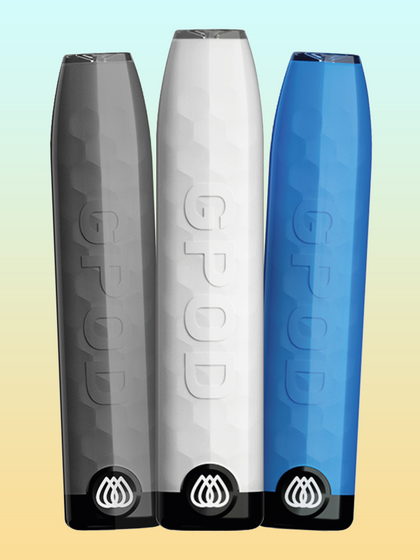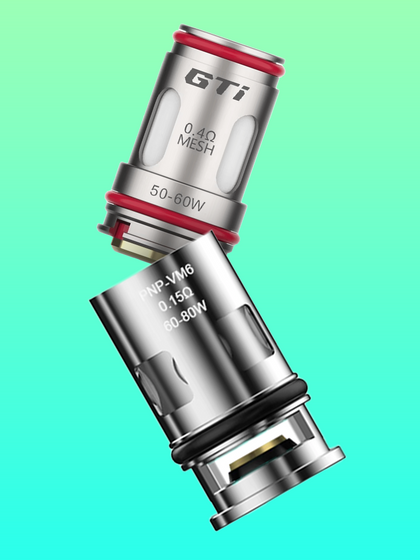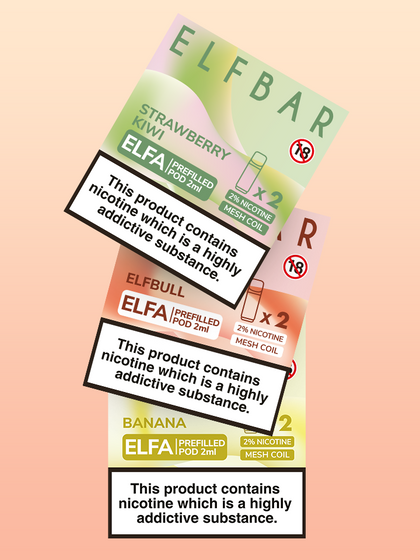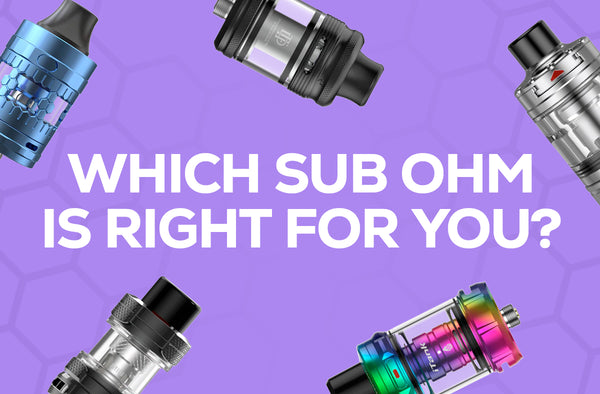WHAT IS SUB OHM VAPING?
May 24, 2023
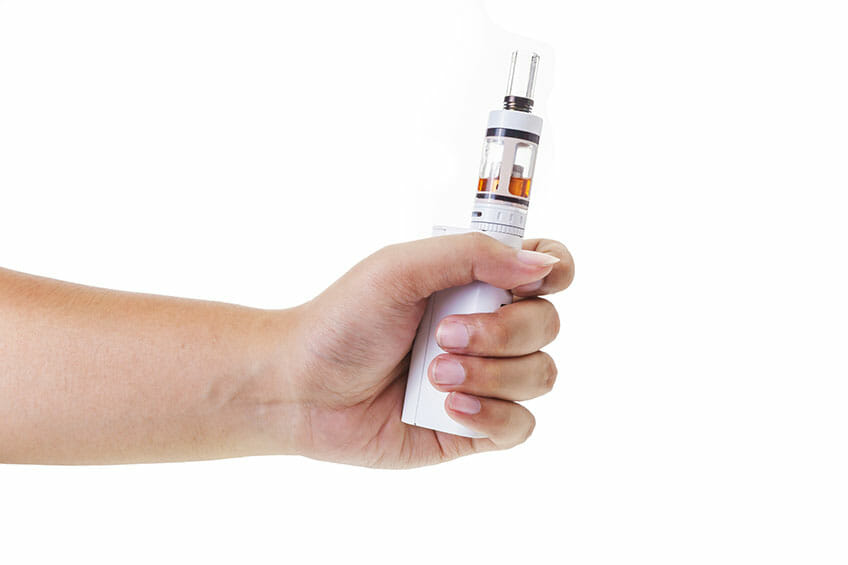
If you have been vaping for a while, you have probably heard of sub-ohm vaping. The name makes it sound intense, but what is sub-ohm vaping really? We will explore a bit about what sub-ohm vaping is, how to keep it safe, and where you can find a compatible device.
What is Sub-Ohm Vaping?
Normal vaporizers include coils with resistances above 1 Ohm. That means, less electricity from the battery is allowed to pass through to heat your product. Typically, this leads to cooler vapes and smaller clouds. With sub-ohm vaping, the product is heated faster due to the lower resistance. What gives sub-ohm vaping its name is the resistance found in the device, which is below 1 Ohm.
The reason why some vapers have turned to sub-ohm vaping is for the larger clouds it produces. Some have even claimed that sub-ohm vaping produces richer flavors that traditional vape models. Sub-ohm vaping requires sub ohm vape liquid with higher VG concentrations for milder throat hits and denser clouds. Some users have even found that lower nicotine content with a sub-ohm device works just as well as their regular level with a standard device.
Vapers who want to try sub-ohm vaping should be warned that creating a sub-ohm device takes a basic understanding of physics, some simple math, and extreme caution as to prevent overloading of the battery. Although it’s not the easiest process, the popularity of this practice has led to safer and more user-friendly sub-ohm products on the market today.
Avoiding the Dangers of Sub-Ohm Vaping
Before tinkering with sub-ohm resistance levels in your device, take the following precautions into consideration to prevent serious injury to yourself and others.
- Use quality batteries. When it comes to sub-ohm vaping, quality batteries are essential for keeping the experience danger-free. Typical lithium-ion batteries are prone to explosions if mishandled, so it’s best to stick with unprotected IMR or hybrid lithium batteries for sub-ohm uses.
- Calculate and measure the resistance, discharge rate, and amp limit before using. First off, you will want to measure the resistance of your coils by using a multimeter, if the resistance is unknown. Once that number has been confirmed, then you will want to calculate the discharge rate by dividing the voltage of the battery by the resistance of the coils. Compare this with the battery’s amp rating. The discharge rate should be lower than the amp rating to vape safely. Otherwise, overheating and explosions may occur while in use.
- Keep your device well vented. When charging and while in use, your device should have proper ventilation to expel the heat the battery produces. If not, the battery can overheat and damage the device.
- Regularly clean your device. Cleaning your device also ensures proper ventilation takes place and that all pieces are in working order.
- Monitor your batteries and exchange when needed. If your battery is discharging quickly or you notice any change with the performance, switch it out for a fresh model.
Sub-Ohm Devices
Luckily, there are various sub-ohm kits now that allow users to practice sub-ohm vaping without the hassle of building a device from scratch. This eliminates a lot of the danger in sub-ohm vaping, as well as makes it easy to find replacement parts later on. For vapers just getting into sub-ohm vaping, we recommend starting out with a sub-ohm kit before building your own device.

